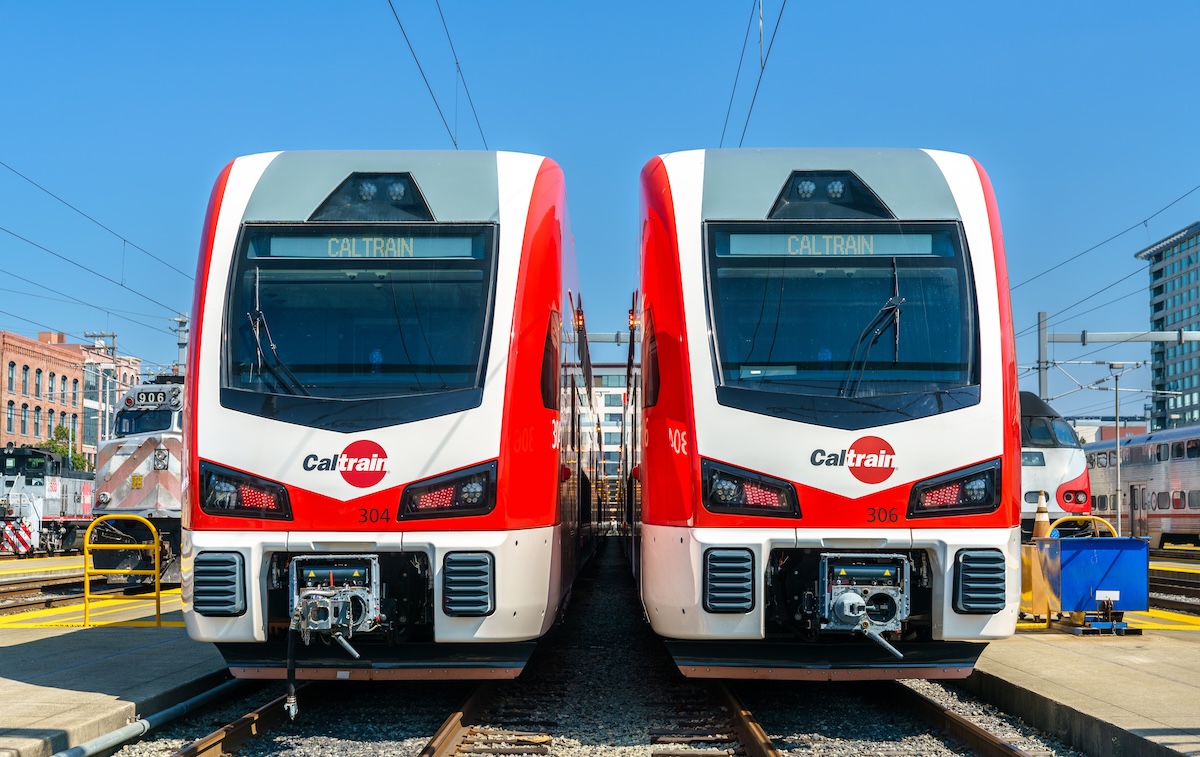Greening U.S. Rails: Embracing Zero-Emissions Trains for a Sustainable Future
Key Ideas
- U.S. rail agencies are transitioning to zero-emissions trains, utilizing battery-powered and hydrogen-fueled technologies to reduce air pollution and dependence on fossil fuels.
- California is a pioneer in this shift, with plans to establish a zero-emission passenger rail network by 2050, featuring the deployment of a record-breaking hydrogen-powered train in San Bernardino County.
- Hydrogen-powered trains offer a sustainable solution for long-distance travel by emitting only water vapor, ensuring minimal air pollution and extending the reach of electrification projects to areas previously deemed cost-prohibitive.
- The move towards zero-emissions trains signifies a crucial step in promoting sustainable transportation and combatting climate change in the U.S., aligning with global efforts to reduce carbon emissions in the transportation sector.
U.S. rail agencies are embracing the transition to zero-emissions trains as a key strategy to promote sustainability and combat air pollution. By incorporating battery-powered and hydrogen-fueled technologies, these agencies are revolutionizing the traditional rail industry and paving the way for a cleaner, more efficient transportation system. California stands out as a frontrunner in this green movement, committing to establish a fully zero-emission passenger rail network by 2050. Notably, a hydrogen-powered train in San Bernardino County has already showcased its capabilities by traveling an impressive 1,741.7 miles without the need for refueling or recharging. This feat highlights the viability and efficiency of hydrogen-powered trains for long-distance travel, offering an eco-friendly alternative with minimal environmental impact. Furthermore, the shift towards zero-emissions trains signifies a fundamental shift in the transportation sector, emphasizing the importance of clean energy and sustainable practices in urban development. By reducing reliance on fossil fuels and embracing innovative technologies, U.S. rail agencies are contributing to a greener future and aligning with global efforts to mitigate climate change.
